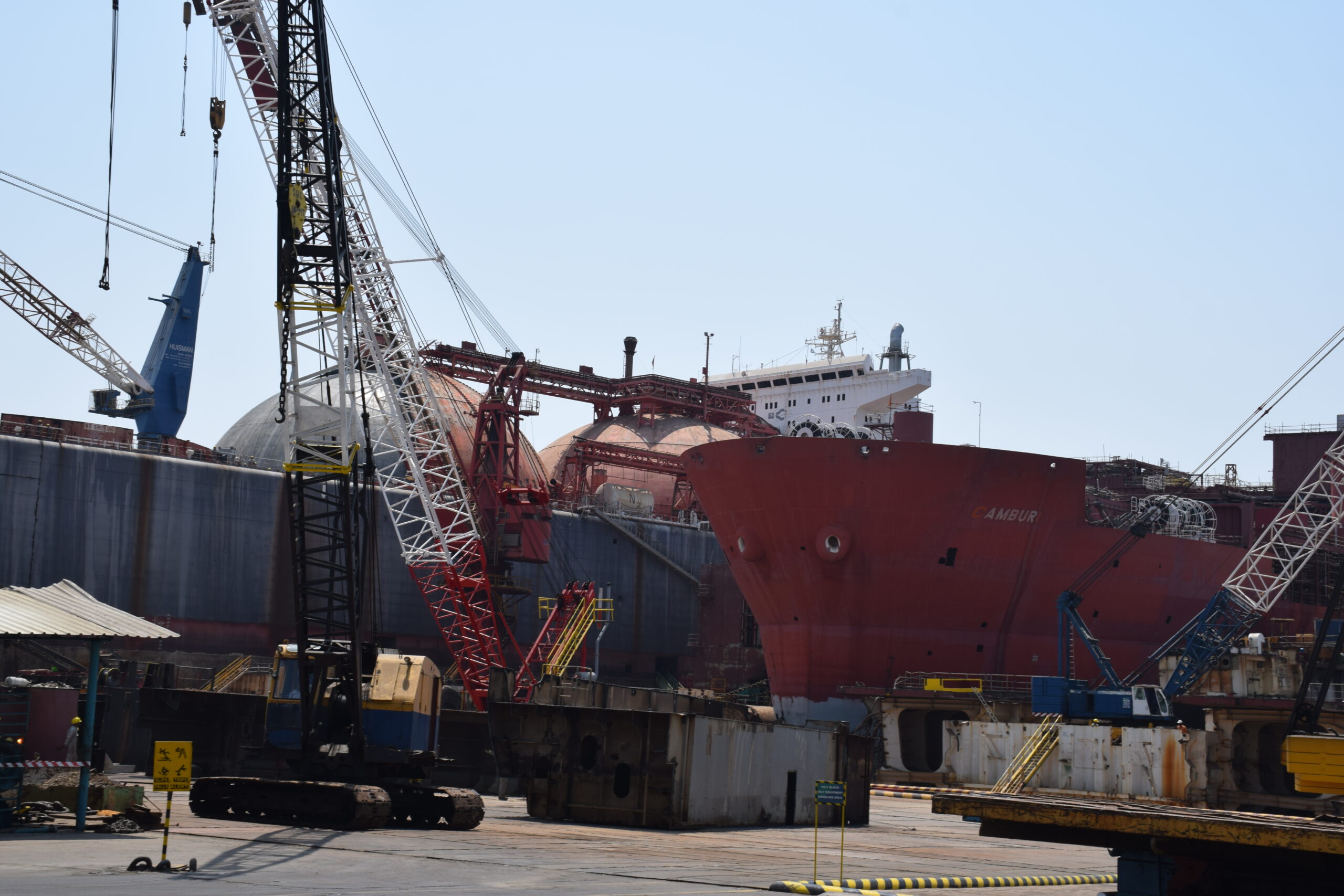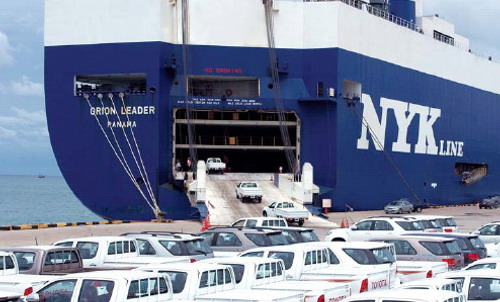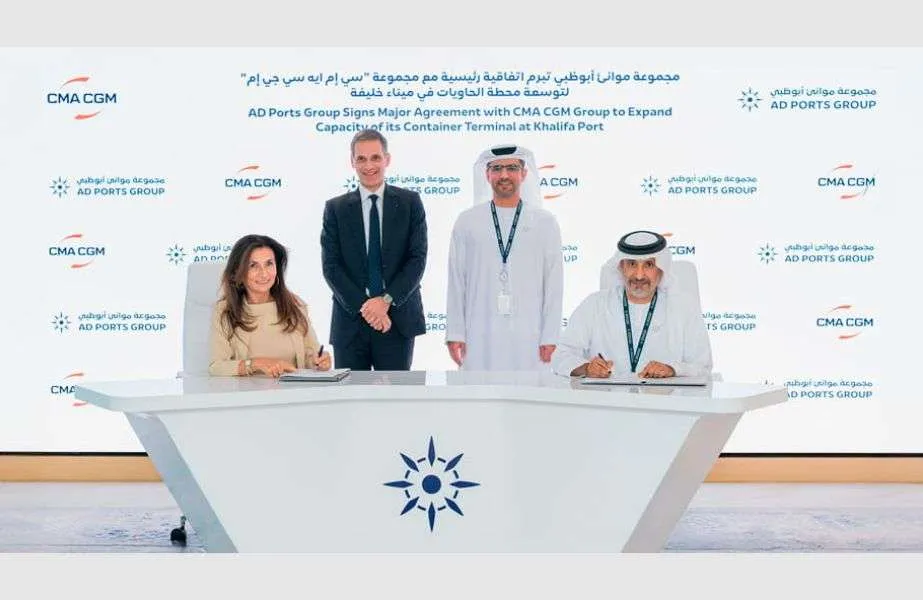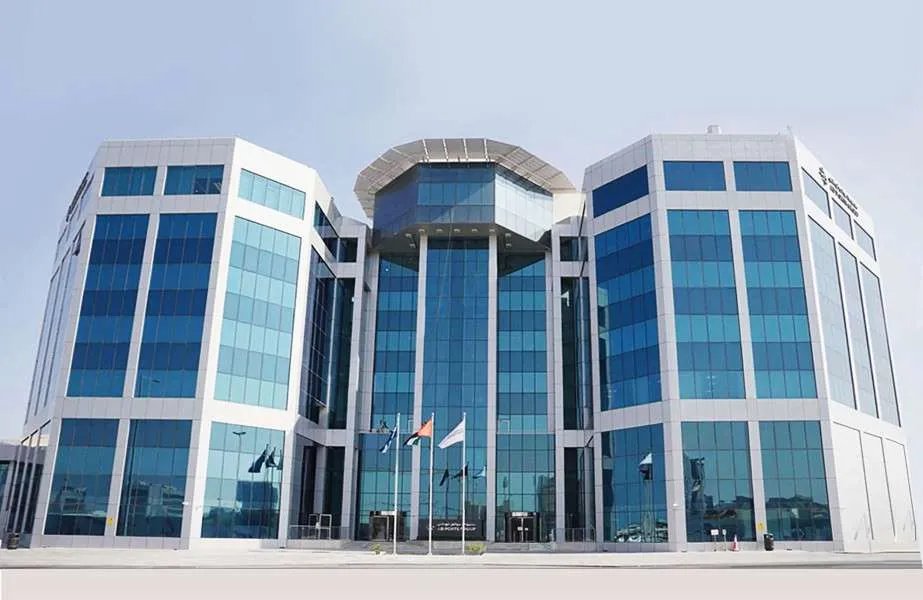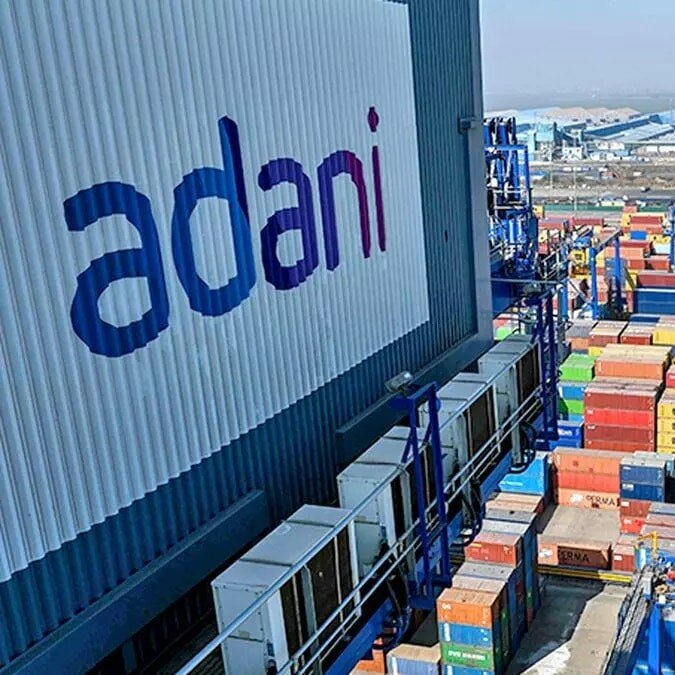With Little Progress in Establishing a P&I Entity the Centre Considers Deploying Funds as Preliminary Investment
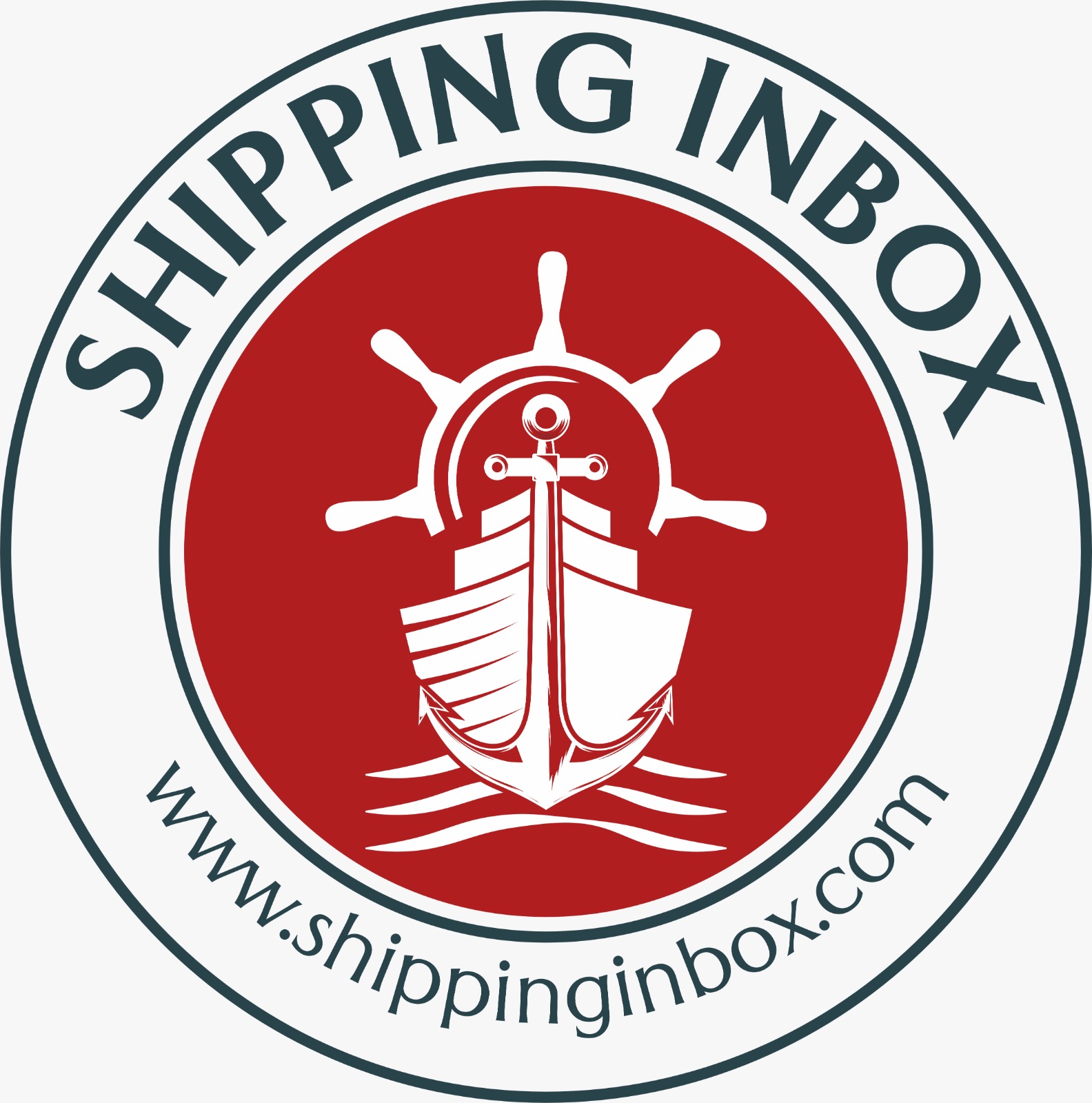
In a bid to boost India’s nascent shipping sector, the central government is considering injecting initial funds to establish a Protection and Indemnity (P&I) insurance entity for cargo vessels. According to officials closely involved with the development, this approach will involve collaboration with private insurers and shipping companies at a secondary stage, though regulatory hurdles and industry concerns continue to slow progress.
The initiative has its roots in Union Finance Minister Nirmala Sitharaman’s surprising announcement more than a year ago, where she called for the establishment of a P&I entity to provide much-needed insurance coverage for India’s growing shipping sector. However, despite several rounds of discussions and consultations, efforts to create a clear regulatory and operational structure have lagged, primarily due to the complexity of the Indian shipping market and a lack of industry readiness.
Slow Progress and Regulatory Ambiguities
The Ministry of Ports, Shipping, and Waterways (MoPSW) has been at the forefront of pushing the initiative forward, issuing a call in February for insurers and shipping companies to step up and provide the first layer of insurance coverage for shipbuilders and shippers. The plan, as initially envisioned, would see global players handling the reinsurance aspects in a second layer, allowing for a comprehensive protection structure. However, responses from the private sector have been tepid.
“We’ve held several rounds of discussions, but the quantum of funds the industry is willing to commit won’t be much,” said a senior official from the Ministry of Shipping. “We’re exploring options, including the possibility of an initial ‘seed’ fund once legislative provisions are in place. This could be done directly or through the Maritime Development Fund (MDF), but we will need firm structure and clarity from the Department of Financial Services (DFS) before finalising anything.”
Currently, inter-ministerial consultations are ongoing, with stakeholders from the marine insurance sector and industry representatives involved in the process. However, one of the key impediments to progress has been the lack of clear legislative provisions. To address this, the finance ministry is reportedly considering amending the Insurance Act, a crucial step toward allowing mutual insurance associations to form—a move essential to the formation of a domestic P&I club.
Officials say that the government is looking at starting with a fixed premium framework as a stopgap measure while larger questions about the regulatory environment are addressed. For now, the proposed P&I entity is set to cover only coastal and riverine vessels, which generally face lower risks compared to international shipping operations. This makes the plan more manageable in the short term, but leaves much work to be done in terms of scaling the initiative to cover larger, international shipments.
The Role of Private Sector and International Partnerships
According to industry experts, the idea of government-backed initial investment has potential but is complicated by the nascent state of India’s shipping sector. Indian ships are primarily insured abroad, and premiums for vessels operating in high-risk areas like West Asia and Russia are steep. For an Indian P&I club to be viable, it would require considerable industry buy-in and a robust operational framework.
“The shipping ministry and other stakeholders want to explore options, possibly a mutual insurance model,” said a senior finance ministry official. “India’s marine insurance sector is not very mature in providing coverage for shipping. We are trying to establish a mechanism to address this.”
The official added that international partnerships are also being explored. Pooling funds with other government-backed initiatives or collaborating with existing global P&I clubs is on the table, but these efforts would only be undertaken once the domestic entity can demonstrate its viability. Initially, the entity would focus on smaller vessels, with a gradual expansion to cover export-import cargo.
Challenges and Industry Hesitance
Despite these plans, the pace of development has been slow, and no concrete timeline has been set for the establishment of the P&I entity. Industry hesitance remains a significant obstacle, with many private insurers and shipping companies wary of committing substantial funds without clearer legislative guidance.
A top executive at a public sector insurance company involved in the consultative process remarked, “This will take time; talks are ongoing. It’s a significant decision, and we need to coordinate our efforts to make it successful. However, no timeline has been set.”
Indeed, the complexity of the venture cannot be overstated. The shipping industry operates within a highly regulated international framework, and replicating that model domestically will require not just regulatory changes but also shifts in how Indian shippers and insurers approach risk.
Officials have indicated that amendments to the Insurance Act, allowing for the formation of mutual insurance entities, are essential. Without this provision, the creation of a P&I club that can compete on an international level remains a distant goal.
P&I Insurance: Why It Matters
Protection and Indemnity (P&I) insurance is a specialized form of coverage used by shipowners to protect against liability for damage to cargo, injury or loss of life, environmental hazards, and other operational risks. Unlike traditional insurance models, P&I insurance is typically offered through not-for-profit mutual clubs, where shipowners pool their resources to provide collective coverage.
The International Group of P&I Clubs, for instance, comprises 12 of the largest mutual insurance associations globally, covering around 90-95 per cent of the world’s sea tonnage. Indian shipowners, however, are currently reliant on international insurers, often at higher costs and with limited domestic recourse.
The establishment of an Indian P&I entity would not only lower costs for domestic shipping companies but also provide them with a more flexible and responsive insurance framework, better suited to the risks and regulations specific to the region.
Looking Ahead
For now, progress toward creating a P&I entity in India remains in a state of uncertainty. While the government’s consideration of seed funding marks a significant step, much will depend on whether private sector players can be persuaded to participate meaningfully. Legislative changes, industry buy-in, and international partnerships will all be key to making this vision a reality.
Without these elements, India’s shipping sector will continue to rely on foreign insurers, leaving it exposed to higher costs and less control over how its vessels are protected. However, with ongoing consultations and the potential for regulatory amendments, there remains hope that India’s shipping industry will eventually have a robust, homegrown insurance framework tailored to its needs.
Author: shipping inbox
shipping and maritime related web portal




